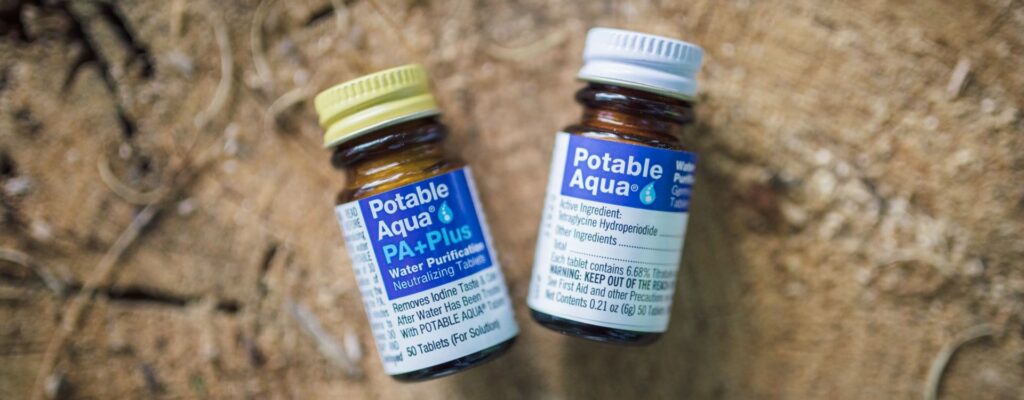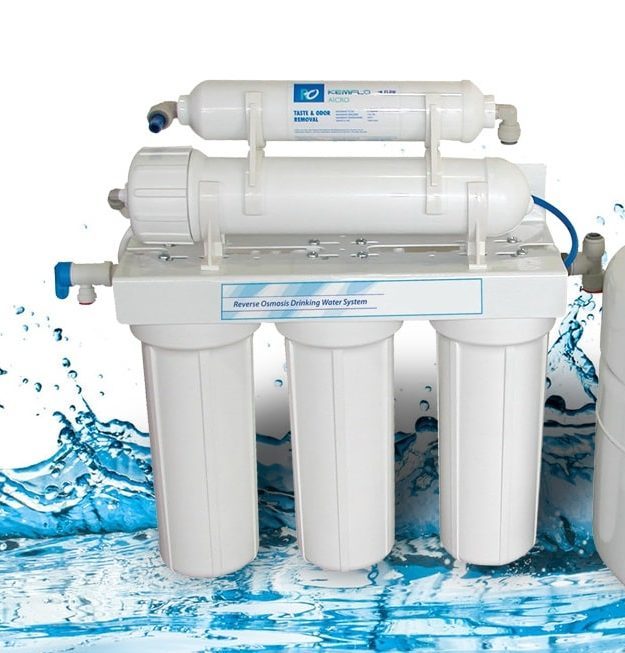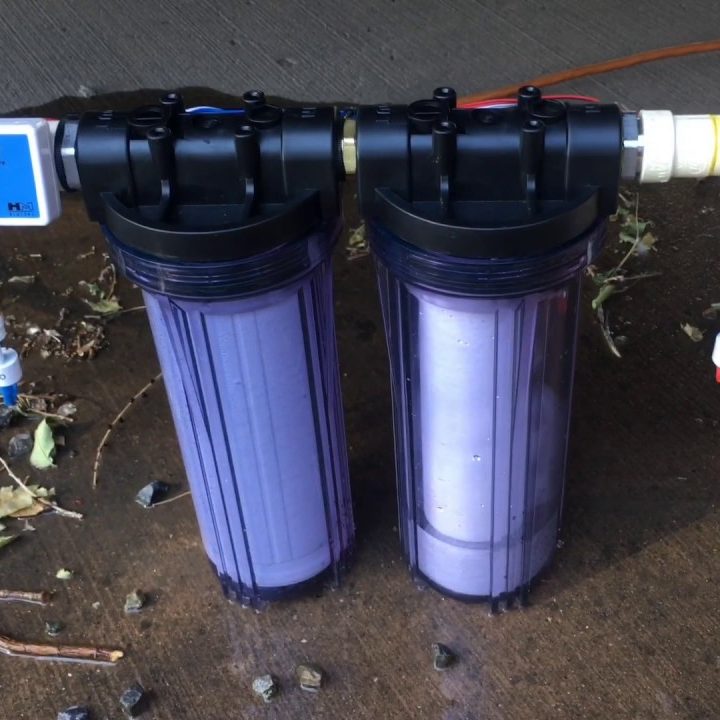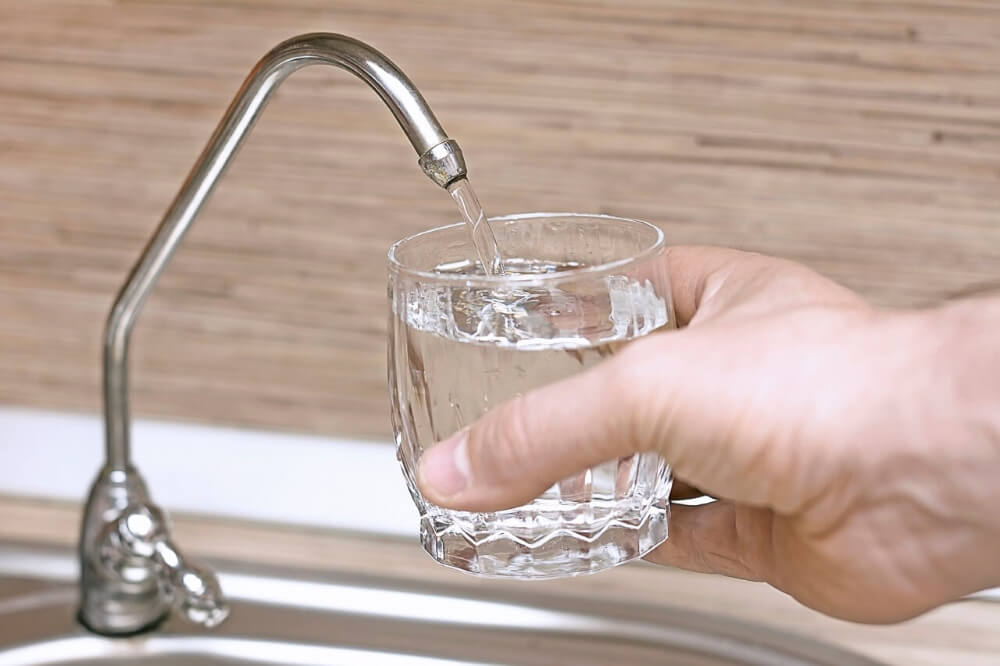Even if you are not an expert, you probably know what a water filter is. It’s a system whose purpose is to filtrate water and remove impurities like bacteria, hardness, and sediment. The idea is to deliver a beverage that not only tastes better but it’s also healthier for your body.
Have you ever wondered how water filters work? The market offers multiple filter types that you’ll find in different products. Our guide covers the working process of basic filtration categories, so you can understand them better.
We also include other important points that reveal more about these units. Once you read the article, you should have all the info required on choosing the best water filter for your needs. Here is what you should know about how these devices work!
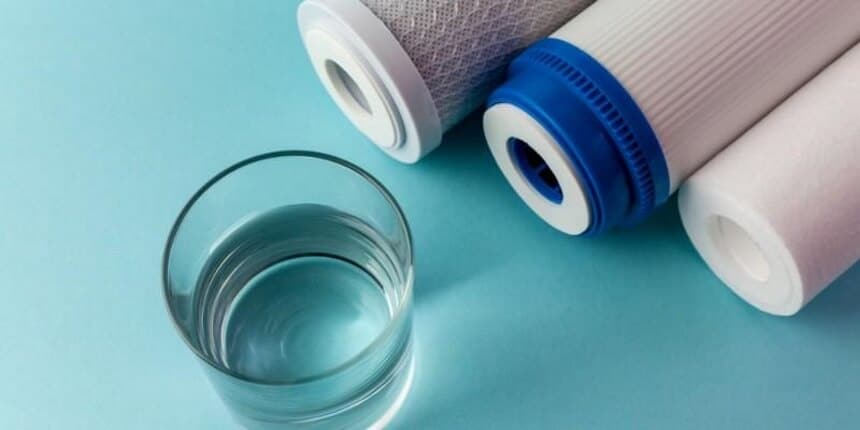
What’s the qualify of the water that you are drinking? In some regions, municipalities warn locals that’s it’s not safe to drink tap water. Other areas might have tap water of questionable quality. Additionally, it might come with odor, taste, and even unusual color caused by chlorine. If you are unsure about water quality or want to improve it, the experts recommend using filtration systems.
You’ll find multiple filters doing the same job – removing impurities from water. However, depending on the type, the success rate or the impurities they target can vary.
Here is a quick overview of the filtration categories available on the market:
These names might not mean much to you. That’s why we’ll focus on explaining the working process of each type below. Here is what you should know about different water filter categories.

For example, you’ll find that a simple mesh can serve as a mechanical filter. That’s convenient if you are removing big debris particles from the water. You can also find high-tech ceramic mechanical filters that can eliminate bacteria and other pathogens with their advanced filtration systems.
The manufacturers usually categorize mechanical filters based on microns. You’ll see ratings from 0.5 microns to five microns or more. For example, a five-micron rating means that the filters will remove debris and particles you see with the naked eye. A one-micron rating is suitable for those you can see with a microscope, while 0.5 microns can even be successful in removing cysts like cryptosporidium and giardia. In other words, the lower the number marking the micron rating, the better your mechanical system.

The secret of carbon is that it has a specific surface. That surface presents many crannies and nooks. It’s the unevenness that helps trap chlorine and other chemical imperfections often found in water.
If you take a look at the products available, the market mostly offers GAC – granular activated carbon – for at-home filtration systems. It’s highly efficient in removing odors and tastes by absorbing chemical contaminants. Apart from GAC, you’ll often find carbon blocks in premium filters. They are more expensive but also more effective, which is why they are often present in commercial solutions.
As for the sources used for carbon in water filters, it’s usually coconut shell and wood. According to experts, coconut shell is an excellent material for the filters, but you might find it costs more than wood.
It might be hard to pronounce this word, but fortunately, it’s not difficult to explain what sequestration is. This process involves the chemical isolation of a particular substance. In the case of water filters, that means that sequestration isolates impurities. It’s essentially treating water with polyphosphates. These substances work on ensuring the magnesium, calcium, and other minerals are sequestered. Those minerals can lead to corrosion and limescale.
The crucial thing to note is that sequestration isn’t the process of eradicating these minerals. Instead, it reduces their quantity. That’s why sequestration filters are generally suitable to use only at home.
Here is another method commonly used in water filters. A filtration that uses ion exchange is an excellent choice for hard water. It works on softening it by switching calcium and magnesium ions with hydrogen and sodium ions.
These exchanges eliminate hard minerals, which means that the water becomes softer. As a result, ion exchange reduces limescale. Thanks to that, this filtration type is perfect for appliances like professional coffee machines. They operate at high temperatures often, and reducing limescale optimizes the device’s working process and extends its longevity.
As for the actual ion exchange process, you’ll often notice small beads in these filters. These beads act as an ion exchange resin. This resin performs the ion exchange, and you’ll often find it sealed in those products. Since you are getting sealed filters, that simplifies the replacement process. Once you see the beads aren’t performing well anymore, all you need to is find a suitable filter and replace it.
Ion exchange with sodium ions is often not present for at-home use. That’s because drinking water usually has restrictions when it comes to the allowed amount of sodium. The amount varies on the location but is usually around 200 milligrams per liter. Sodium ions would increase those levels, which is why only some commercial applications use them. It’s much more common to come across hydrogen ions that perform this exchange.

The results indicate that reverse osmosis is extremely effective in removing contaminants from water. An important thing to note is that RO isn’t powered by electricity. Instead, the pressure pushes the water to go through the membrane. The downside is that there’s some wastewater as a byproduct of reverse osmosis. It’s highly recommended to pour it down the drain.
Now, reverse osmosis utilizes multiple filters. You’ll often find this process used with absorption and mechanical filters to ensure that the process is as effective as possible.
Reverse osmosis is an advanced filtration system that often has multiple stages. That could increase the price compared to other products, but it also ensures better results. For example, AquaTru Countertop Water Filtration Purification System removes more than 80 contaminants with a success rate of over 95%. You won’t find better results in any other water filter system than the one offered by reverse osmosis.
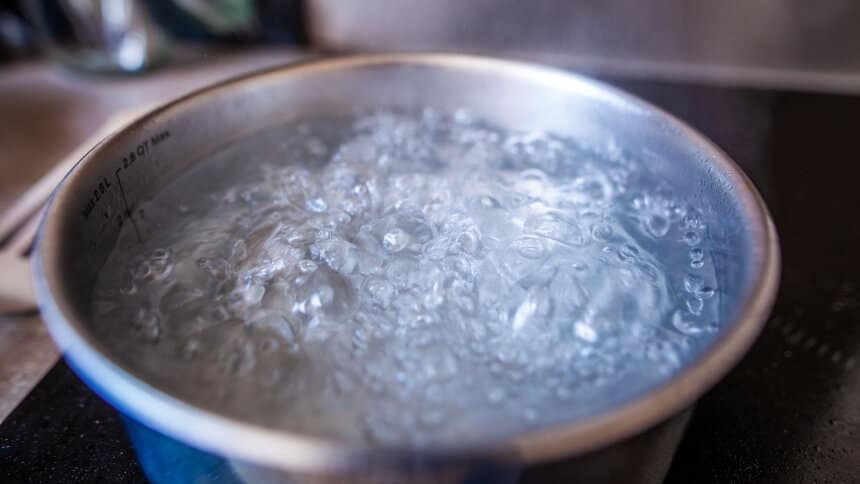
Boiling is successful in killing most bacteria. However, the accent in that sentence is on the word “bacteria.” In other words, boiling the water won’t remove chemicals on it, and the same applies to other contaminant types.
The distillation process only starts with boiling. Once you boil water, you make sure to capture the steam it produces. Now, you cool (condense) it back into the water in a separate pot. The idea lies in the fact that water has a higher boiling temperature than some heavy metals and other contaminants. They boil off with the steam, while VOCs (volatile organic compounds) with a higher boiling temperature isn’t affected by this.
Not all water filters work the same, which implies some are more effective for a particular contaminant and less for another. It’s why manufacturers often combine multiple methods in a single water filtration product. That way, they can ensure better results for the user.
The exact filters used depend on the system. For example, reverse osmosis will often feature activated carbon and a mechanical system. If you purchase an at-home jug filtration, the most common filters included are ion-exchange, activated carbon, and a mechanical unit. It all depends on the target water purity and which contaminants you want to target.
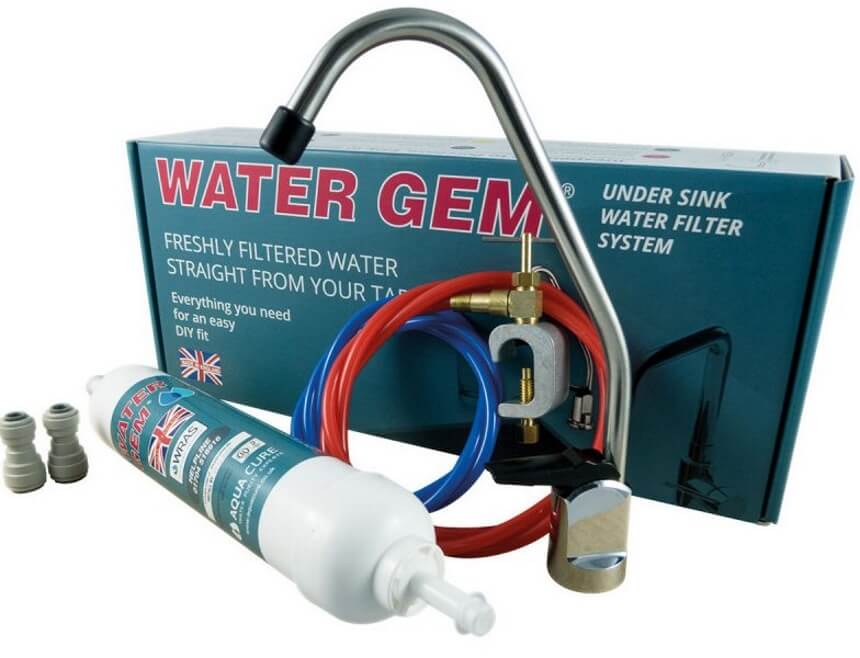
According to the environmental protection agency, there are four main contaminant groups in the drinking water:
Q: What’s better to use in water filters – a carbon block or activated carbon?
A: Carbon is an excellent solution for absorption filtration. Granulated activated carbon (GAC) is a common choice in households because it comes at a more affordable price. It still has decent performance and can remove a huge majority of contaminants. As for carbon blocks, they take these results to an even higher level. Additionally, carbon blocks last longer, which implies they can remove more contaminants in total. Thanks to that, they justify the higher price tag.
Q: What’s the best selection of water filtration for well water?
A: If you get your water from a well, you’ll need an advanced filtration system. That’s why you should go with reverse osmosis, but that doesn’t guarantee it should be the only method used. For example, using ion exchange to soften the water might also be necessary, and even a UV system could provide additional protection against viruses and bacteria. The experts recommend sending your water to analysis before drinking it. That way, you’ll have more information on the action to take to make your well water safe.
Q: Should I install filters on the point of water entry into my home or the point of use?
A: The point of use is a refrigerator, faucet, or a sink. Point of entry, however, is a place where water comes from the mainline into your household. The filtering performance shouldn’t vary based on the installation location. Instead, it depends on the characteristics of the chosen filtration system. If you want to maximize contaminant filtration, how about placing systems at multiple points? That way, water will run through even more filters before you use it.
If you have problems with municipality water, you can benefit from water filtration systems. The same applies if the doctor recommended drinking purified water for health reasons, or you want to avoid problems with limescale and corrosion in your household.
We hope that our article explained everything about how water filters work. By learning about different filtration types and uses, you will better understand the best option for your requirements. It’s vital not to rush your decision because you want a high-quality unit that can deliver high-quality filtered water for a long time. Although some maintenance and occasional replacement will be required, a properly selected water filtration system is a true long-term investment.
